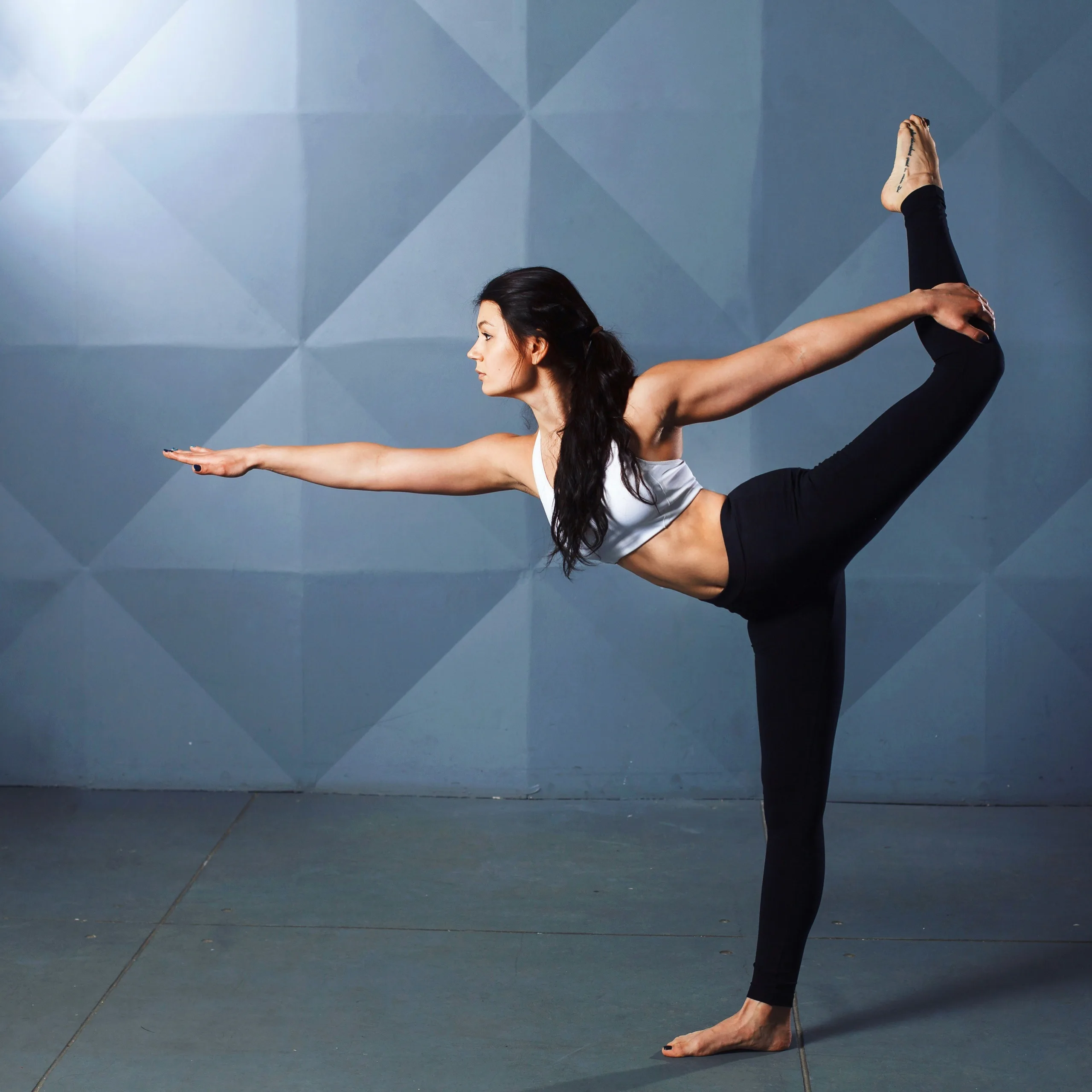The Importance of Flexibility for Women
Flexibility is a fundamental aspect of fitness that is often overlooked, yet it plays a crucial role in the overall well-being of women, particularly those who engage in regular gym routines. Incorporating flexibility exercises into a fitness regimen offers numerous benefits, including an improved range of motion, reduced risk of injuries, and enhanced overall performance.
One of the primary advantages of flexibility is its ability to enhance the range of motion. This improvement allows women to perform exercises more effectively and with greater ease. A study published in the “Journal of Strength and Conditioning Research” indicates that individuals with higher flexibility levels demonstrate better performance in various physical activities. This enhanced performance translates to more efficient workouts and quicker achievement of fitness goals.
Reducing the risk of injuries is another significant benefit of flexibility exercises. When muscles and joints are flexible, they are less prone to strains and sprains. According to the American Council on Exercise, flexibility training helps to balance muscle groups that might be overused during regular workouts, thus minimizing the risk of injury. This is particularly important for women who often partake in high-intensity training sessions that can put considerable stress on their bodies.
Beyond performance and injury prevention, flexibility exercises also contribute to muscle recovery and stress relief. Stretching post-workout helps to alleviate muscle soreness and stiffness, promoting faster recovery. This is supported by research from the “Clinical Journal of Sport Medicine,” which highlights the role of stretching in reducing delayed onset muscle soreness (DOMS). Additionally, the act of stretching can serve as a form of relaxation, helping to reduce stress levels and improve mental well-being.
Given these benefits, incorporating flexibility exercises into a fitness regimen is essential for women. Whether it’s through yoga, Pilates, or simple stretching routines, flexibility should be an integral part of any well-rounded fitness program. By prioritizing flexibility, women can enhance their gym routines, safeguard their bodies against injuries, and enjoy overall better health and performance.
Effective Flexibility Exercises to Incorporate into Your Gym Routine
Integrating flexibility exercises into your gym routine can significantly enhance performance and reduce injury risks. Here are several effective flexibility exercises, each with specific benefits, ideal for women aiming to improve their overall fitness.
Dynamic Stretches:
Dynamic stretches involve active movements that take your muscles and joints through their full range of motion. They are perfect for warming up before a workout. Examples include leg swings, arm circles, and walking lunges. These movements increase blood flow to the muscles, preparing them for more intensive exercises. To perform leg swings, stand tall and swing one leg forward and backward in a controlled manner. Aim for 10-15 swings per leg.
Static Stretches:
Static stretches involve holding a position for an extended period, typically 15-60 seconds. These are best performed post-workout to help muscles relax and recover. Key static stretches include the hamstring stretch, quadriceps stretch, and shoulder stretch. For a hamstring stretch, sit with one leg extended and the other bent. Reach toward your toes, keeping your back straight. Hold the stretch for 30 seconds before switching legs.
Yoga Poses:
Yoga incorporates both dynamic and static elements, making it excellent for flexibility enhancement. Poses like Downward Dog, Cobra, and Pigeon Pose are particularly beneficial. Downward Dog, for instance, stretches the hamstrings, calves, and shoulders. Begin on your hands and knees, lift your hips towards the ceiling, and straighten your legs. Hold for 30 seconds, focusing on deep, steady breathing.
Foam Rolling:
Foam rolling, or self-myofascial release, helps alleviate muscle tightness and improve flexibility. Common areas to foam roll include the IT band, quadriceps, and upper back. To foam roll your quadriceps, place the foam roller under your thighs and roll from hip to knee. Spend about 1-2 minutes on each leg, pausing on tender spots.
Incorporating these flexibility exercises into your gym routine can be done in various ways. Use dynamic stretches as part of your warm-up, static stretches for your cool-down, and dedicate specific sessions to yoga and foam rolling. Tracking progress can be as simple as noting increased range of motion or reduced muscle stiffness over time. Proper form is crucial; ensure movements are controlled and avoid bouncing. Regularly practicing these exercises will lead to noticeable improvements in flexibility and overall gym performance.









